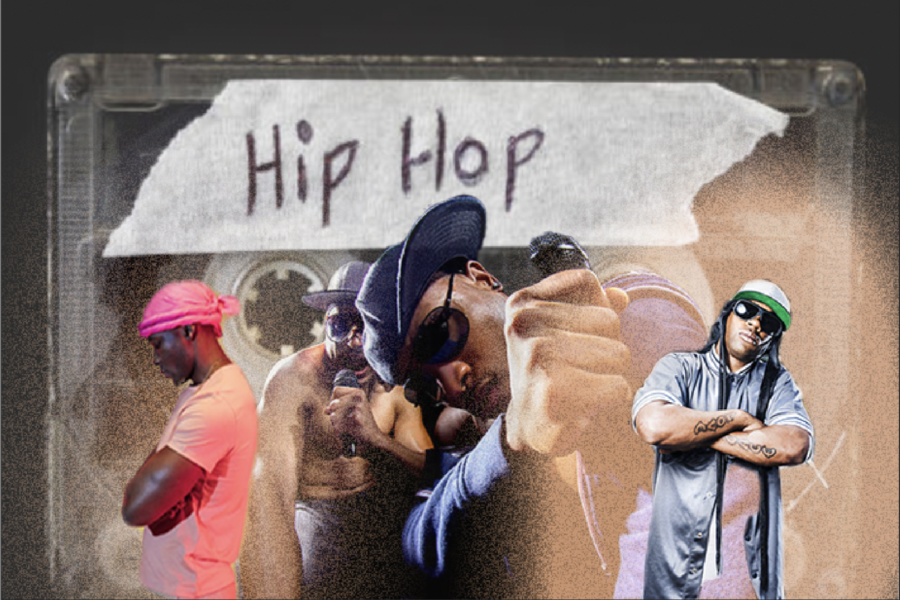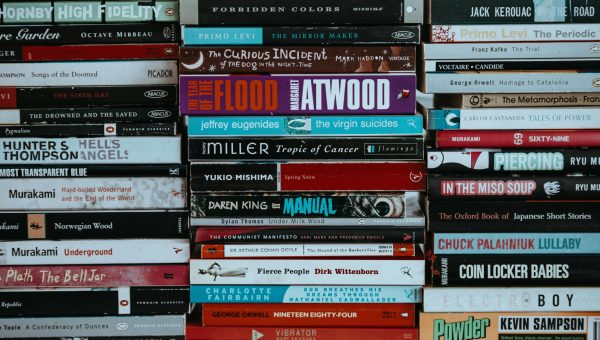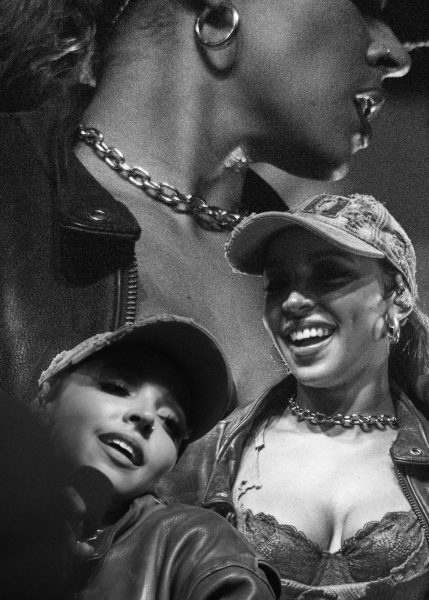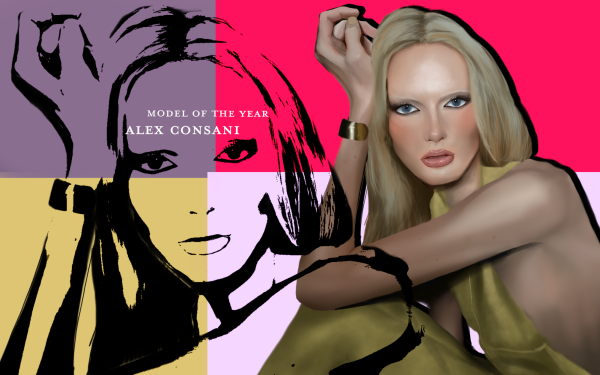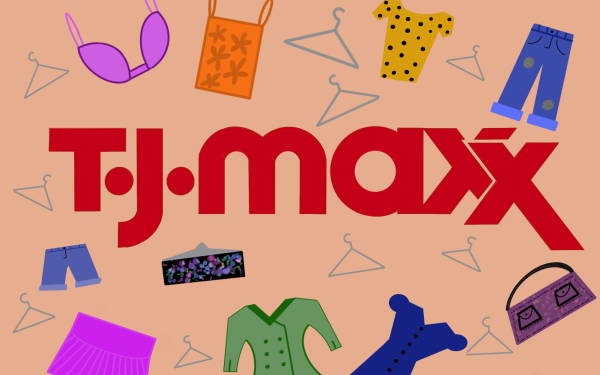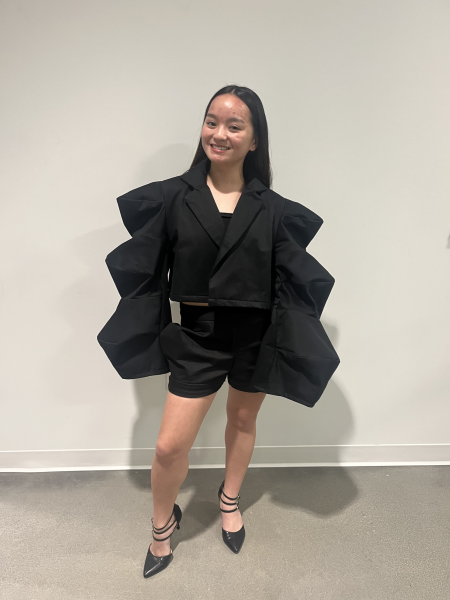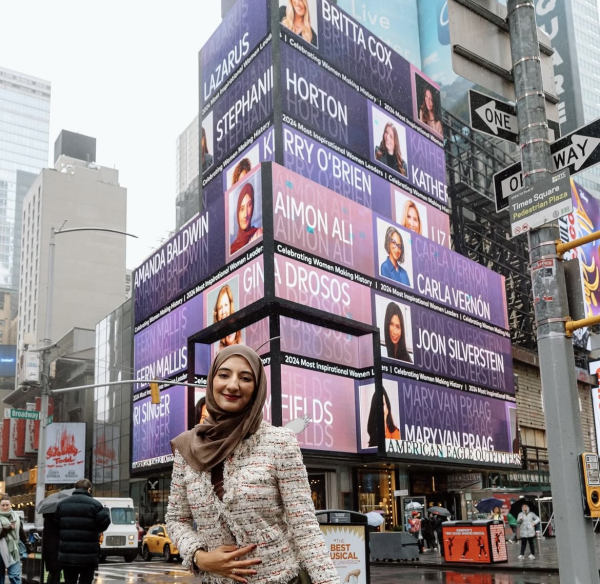hip-hop’s influence on fashion
With the evolution of hip-hop music and fashion, the genre continues to be profound in pop culture. In the last few decades, hip-hop has had the greatest impact on street culture, influencing the fashion trends and clothing brands we appreciate today.
New York City was the birthplace of the genre during the late ‘70s and early ‘80s. It was during this era that New York b-boy culture largely dominated hip-hop fashion. Breakdancing, originally pioneered by Kool Herc, was one of the key figures that helped establish hip-hop culture during its early years. In addition to breakdancing, skateboarding found its own place in the spotlight during this period. All over the world, skaters were sporting baggy looks, cementing their rebellious nature. Breakdancers and hip-hop artists popularized tracksuits, chains and Kangol hats, creating a new and exciting street fashion culture.
As hip-hop evolved during the ‘80s, the music aspect of the genre became more important than the dancing aspect. Through specific colors and pieces, MCs and groups such as N.W.A. and Public Enemy established their own style and aesthetic. This included outfits with military jackets, baseball hats and large jewelry which was prominent in music videos; making these styles synonymous with the music of the time. Eazy-E or Ice Cube during the late ‘80s may come to mind when thinking of heavy chains and black bomber jackets with “N.W.A.” written across the front which gained adulation in “Straight Outta Compton.” Popular artists today such as A$AP Rocky and members of A$AP Mob embraced the monochrome style of N.W.A. throughout the 2010s, further influencing contemporary rappers.
Baggier, less-designer hip-hop fashions dominated the late ‘90s. According to OneBlockDown, baggier clothes were worn as a sign of rebellion against societal structures. In addition to baggy jeans, baseball caps and jerseys characterized this period. Many “gangster” rappers of this time adopted this style, including Wu-Tang Clan and Snoop Dogg. A number of R&B artists such as Boyz II Men and MC Hammer also revolutionized hip-hop fashion in the ‘90s with the Harem pants (also known as “hammer” pants). These pants were introduced when MC Hammer released his “Can’t Touch This” music video, which is approaching one billion views on YouTube. Hip-hop’s early fashion authority The Notorious B.I.G. introduced Australian knitwear brand Coogi to the street scene and thus, bold sweaters were also seen everywhere.
One of the first successful Black-owned hip-hop brands was Cross Colours, which was founded by Carl Jones. He started this brand when he noticed young men wearing jeans multiple sizes too large. In order to eliminate the need for big belts, he started manufacturing baggy jeans with smaller waistlines. Cross Colours’ designs were in high demand among costume designers for television shows such as “Fresh Prince of Bel-Air” and “In Living Color”. The brand was repped by some of the most popular artists of the time and in return made $80 million in its first few years. The market for young men was single-handedly changed by Jones and his colleagues.
The ‘90s hip-hop trends were still prominent but evolving in the early 2000s, with artists including Eminem, 50 Cent and Lil Wayne replacing large gold jewelry with tattoos and grillz. Headwear such as trucker hats and bandanas were worn by the masses and continue to be popular today. In addition to these styles of headwear, other styles like the oversized fit, gold accessories and Nike sneakers are still a part of our trend cycle. This goes to show how heavy of an impact hip-hop has had on fashion; that even decades later we continue to adopt these trends.
Although streetwear brands are becoming more popular, fashion’s obsession with streetwear doesn’t stop there and has trickled up, influencing today’s couture. Luxury brands are emulating streetwear aesthetics in newer designs. Hoodies, sneakers, sweatpants and chains have been seen all over the runway in recent years – all of which originated in hip-hop’s street fashion. Essentially, hip-hop and the fashion world have reversed roles, and hip-hop has evolved from a counterculture to its own distinct influential identity.
Support Student Media
Hi! I’m Catie Pusateri, A Magazine’s editor-in-chief. My staff and I are committed to bringing you the most important and entertaining news from the realms of fashion, beauty and culture. We are full-time students and hard-working journalists. While we get support from the student media fee and earned revenue such as advertising, both of those continue to decline. Your generous gift of any amount will help enhance our student experience as we grow into working professionals. Please go here to donate to A Magazine.

